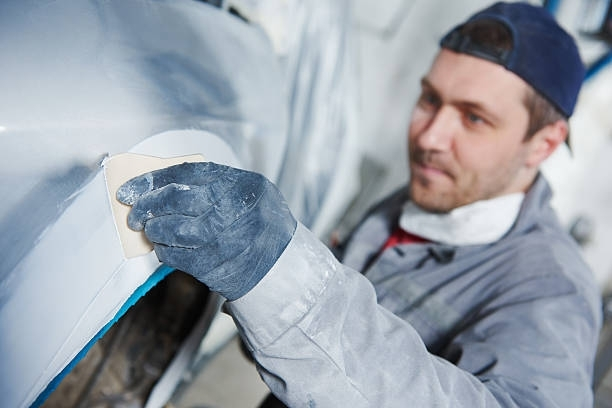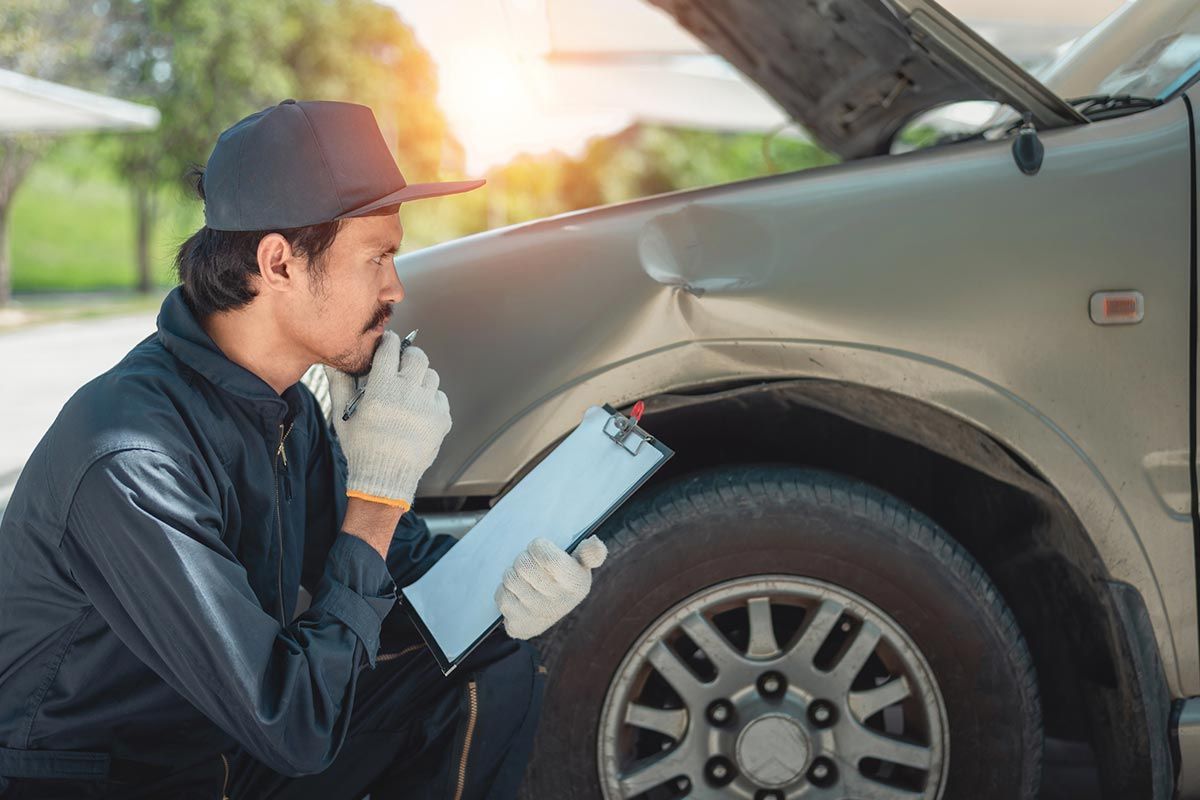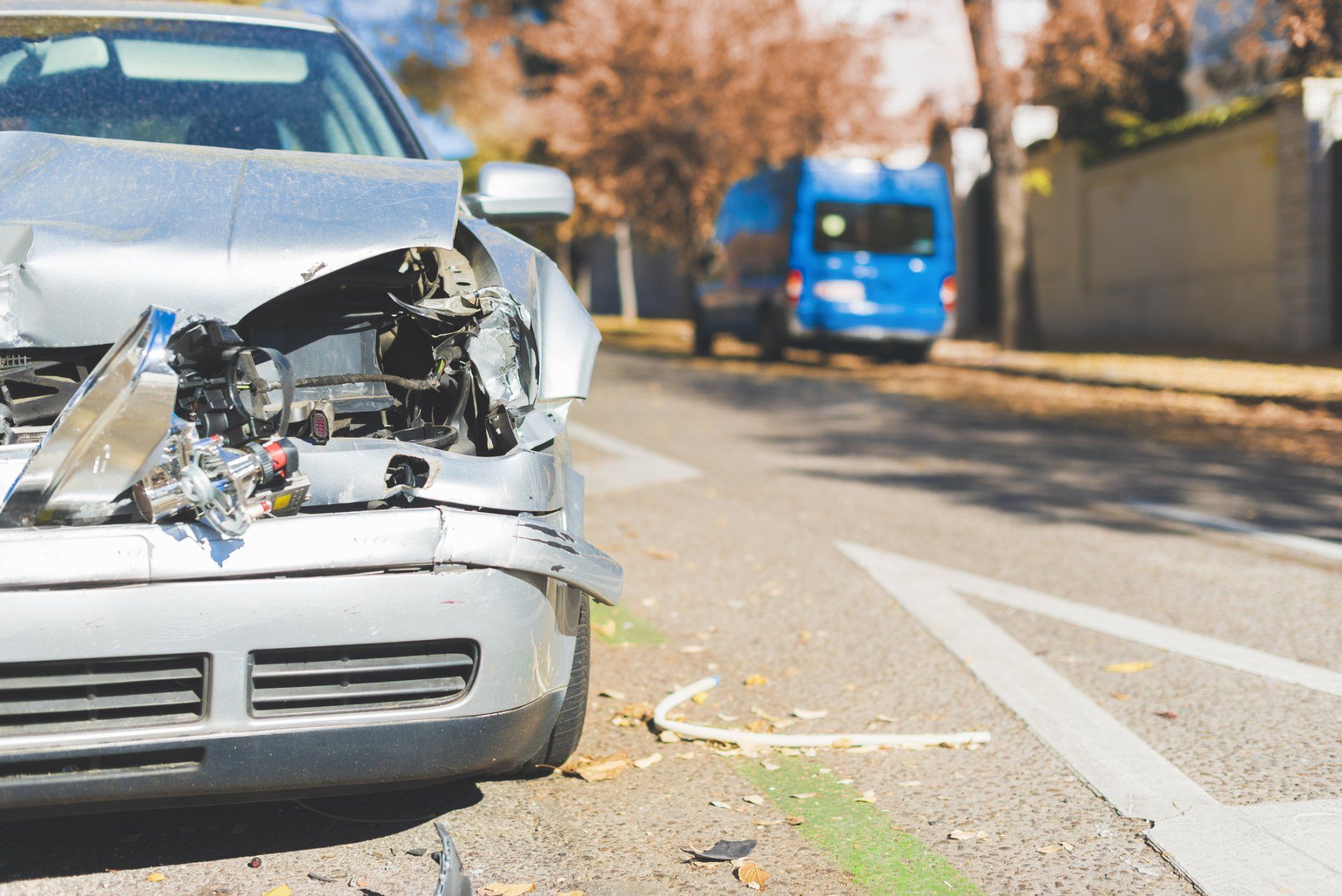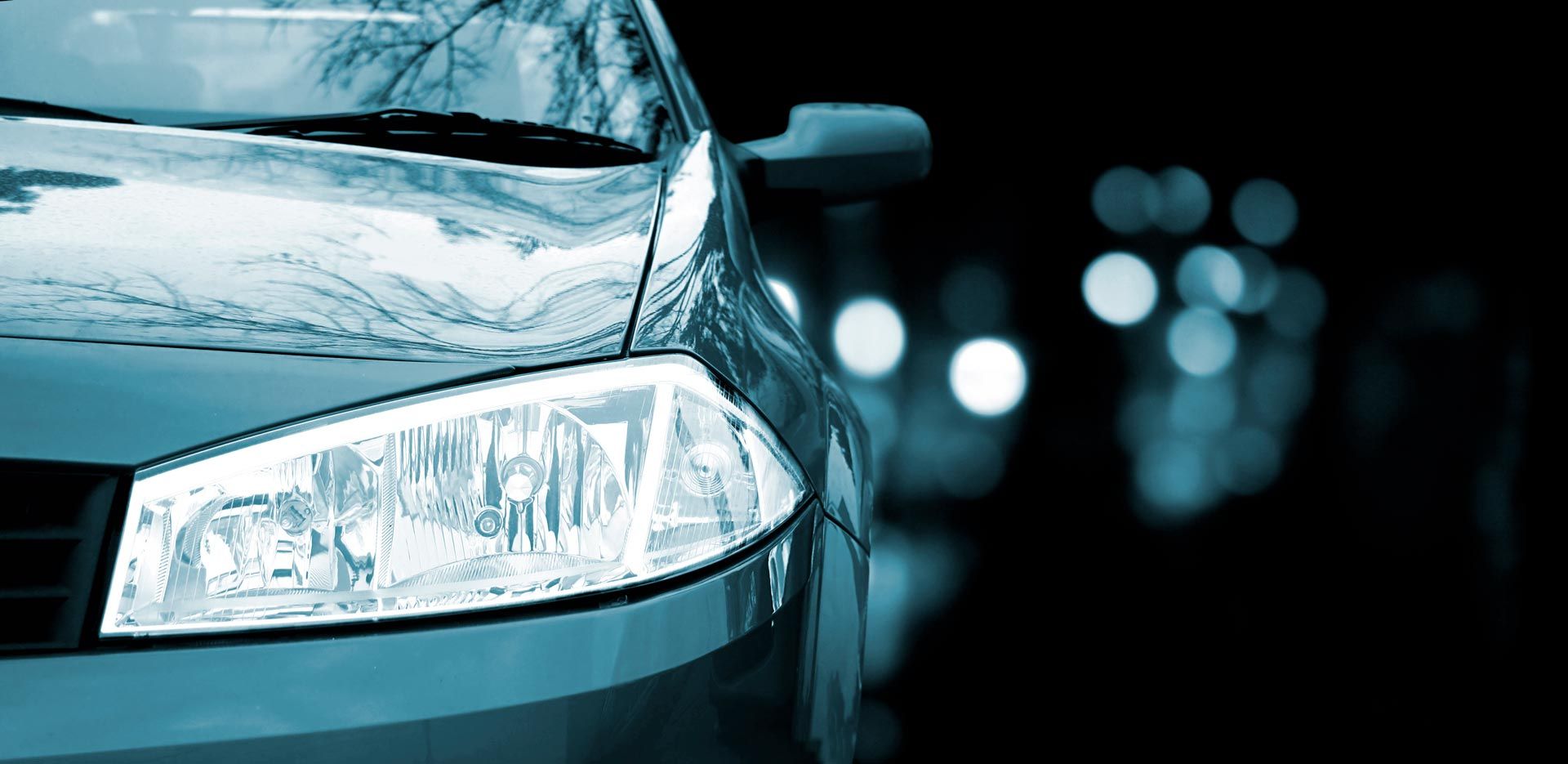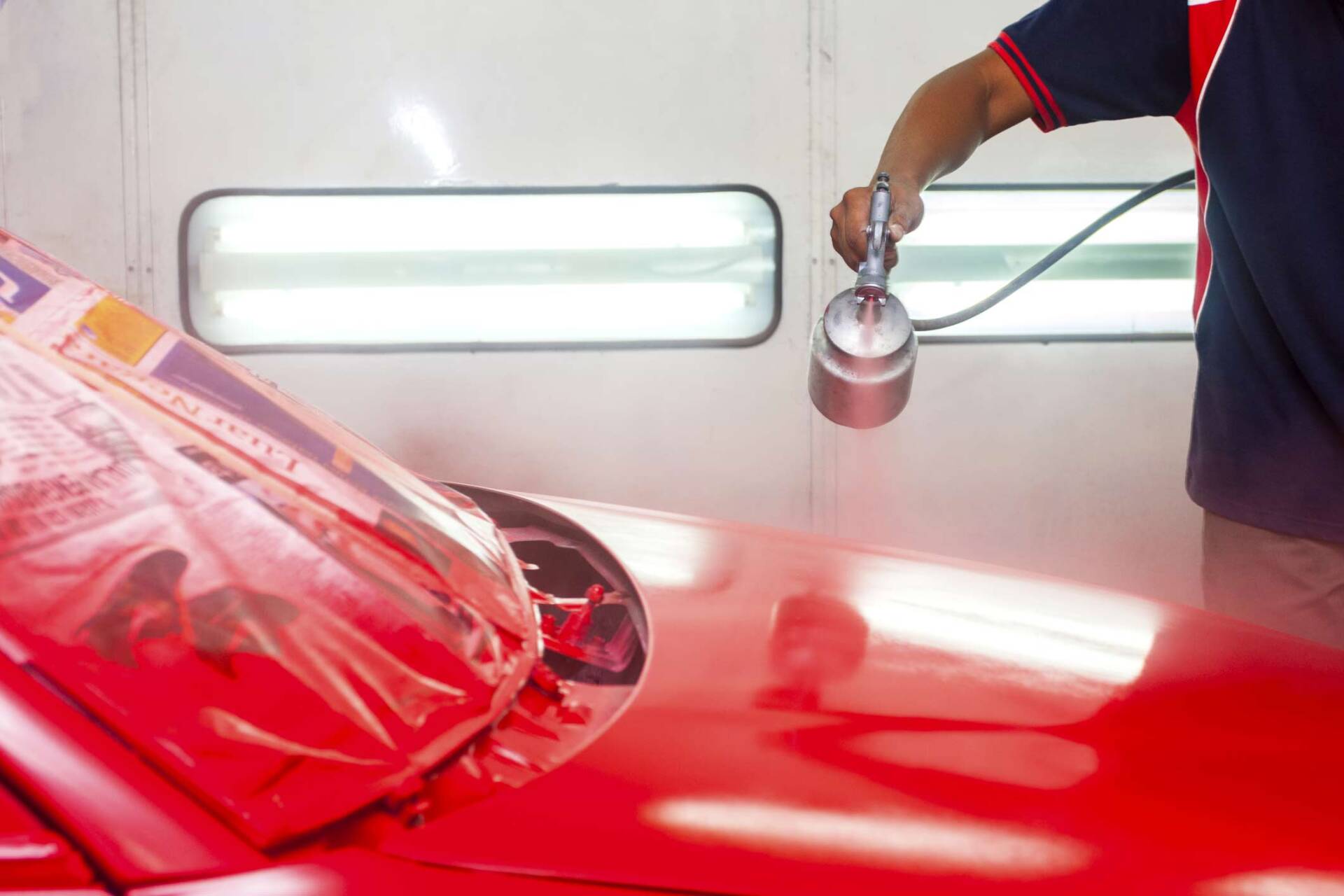Tips to Avoid Car Damage When Off-Roading
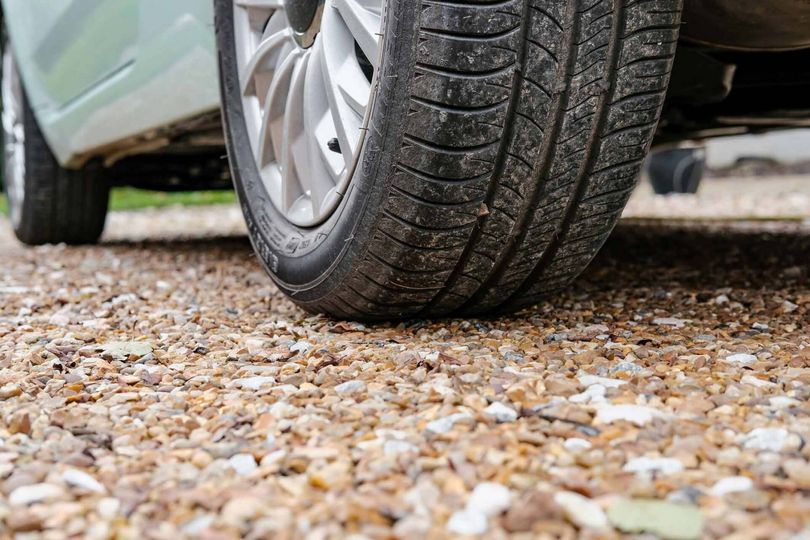
Driving off the beaten path can damage your car if you are not careful. If you don't have off-roading experience, prepare yourself before you take your first plunge. The following tips should help.
Mind Ground Clearance and Approach Angle
You should know two things about your car before you set out. The first is ground clearance, which is the minimum distance between the vehicle's bottom and the ground. The ground clearance determines the size of the obstacles you can safely go over without damaging your car's undercarriage.
For example, you shouldn't attempt to drive over eight-inch boulders rocks if your car's ground clearance is seven inches. Otherwise, you might cause undercarriage damage such as torn mufflers or punctured oil pan.
Secondly, you should know your car's approach angle. The approach angle is the maximum angle between an incline and your car that the car can clear. You don't need to know the exact angle, but you should have a rough idea of the sizes of inclines your car can clear. Otherwise, you might damage your car's bumper.
Use a Spotter
Another tip is to use a spotter for the difficult sections of your route. A spotter is necessary since you can't see everything, especially on the ground immediately in front of the car, from the driver's seat. The spotter should check out:
- The size of objects on the road
- Water depth (if you need to cross one)
- Steepness of inclines
The spotter should also understand the limits of your car. That way, they can guide you best and help you avoid insurmountable difficulties that can damage the car.
Prepare the Car
If you are planning for serious off-roading, you need to prepare your car for the tough assignment. Specifically, you should:
- Check all the fluids, including wiper fluid and engine oil, to ensure they are adequate
- Ensure the windshield wipers are functional
- Ensure the brakes are functional
- Ensure you have the right tires for off-road driving and they have adequate tread
An auto mechanic can help you check the car, especially if it's your first time for serious off-roading.
Don't Overload the Car
Overloading the car increases the risk of damage when on difficult terrain. For example, going over a steep hill while overloaded is tougher than navigating the same hill with adequate weight. With too much weight on the car, you might lose control of the car and crash into an object.
Slow Down
Your driving speed should always reflect the driving environment. Slow down during your off-roading trip to lower the risk of an accident. For example, hitting a boulder at a breakneck speed will cause more body damage than hitting the same boulder at crawl speed.
Use a Suitable Car
Some cars are better at off-roading than others. For example, a good off-road car should have:
- Underbody protection
- Suitable ground clearance
- Hill descent control
- Locking differentials
- AWD or 4WD
The tougher the terrain, the more of these features you need. Pick the right car, depending on the terrain you plan to tackle, to reduce the risk of damage.
Check the Car Afterwards
Lastly, despite your best efforts, your car can still suffer some damage during off-roading. Check your car after the trip and fix relevant parts. Some of the damages might not be easy to notice. For example, you should fix scratches to minimize paint damage and avoid corrosion.
Hopefully, you will come back from your trip without serious damage. Contact Automotive Super Sports for help if you do come back with some damage, such as dents or paint damage. We will fix your car to its original condition at a reasonable rate.

